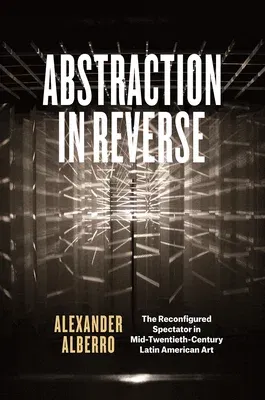Alexander Alberro
(Author)Abstraction in Reverse: The Reconfigured Spectator in Mid-Twentieth-Century Latin American ArtHardcover, 25 May 2017

Qty
1
Turbo
Ships in 2 - 3 days
In Stock
Free Delivery
Cash on Delivery
15 Days
Free Returns
Secure Checkout

Print Length
368 pages
Language
English
Publisher
University of Chicago Press
Date Published
25 May 2017
ISBN-10
022639395X
ISBN-13
9780226393957
Description
Product Details
Author:
Book Format:
Hardcover
Country of Origin:
US
Date Published:
25 May 2017
Dimensions:
26.16 x
18.29 x
2.54 cm
Genre:
Latin America
ISBN-10:
022639395X
ISBN-13:
9780226393957
Language:
English
Pages:
368
Publisher:
Weight:
1161.2 gm